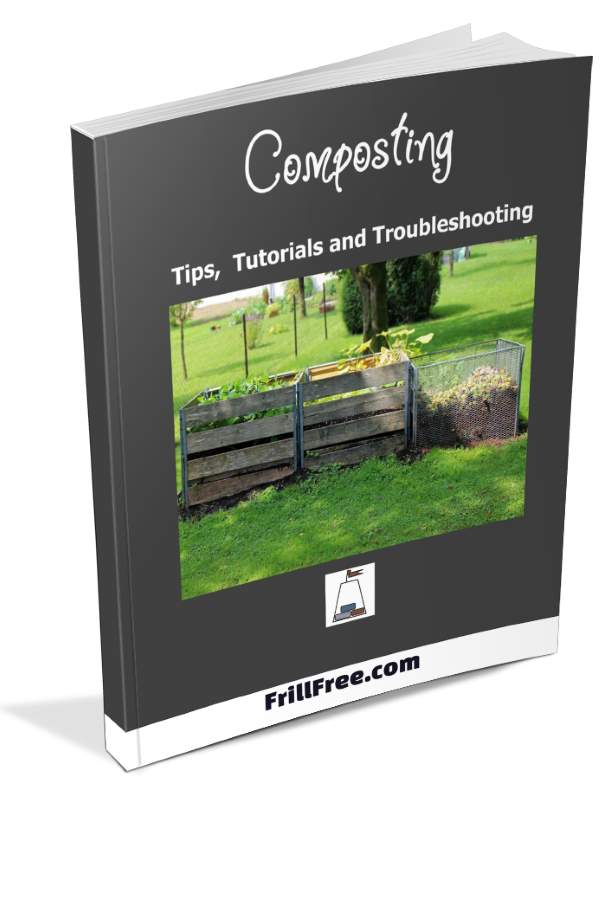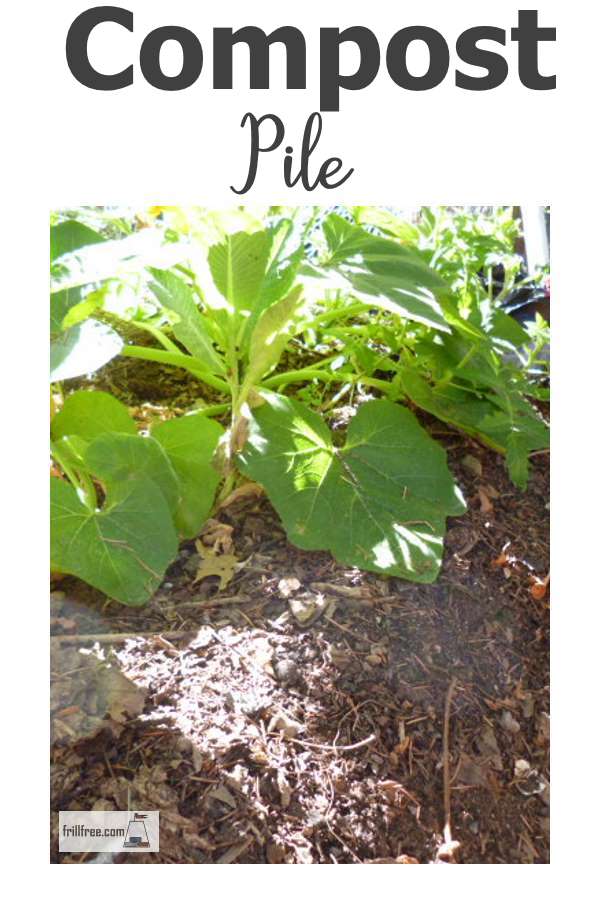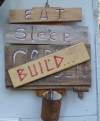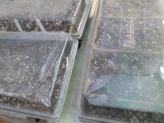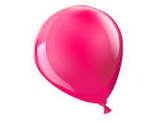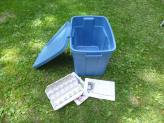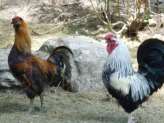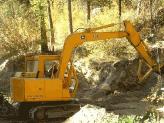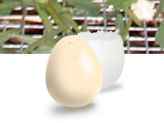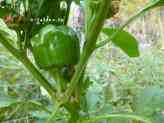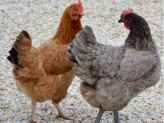- Homesteading
- Composting
- Compost Pile
Compost Pile
What Goes In It? And How Do You Do It?
I am a participant in the Amazon Services LLC Associates Program, an affiliate advertising program designed to provide a means for me to earn fees by linking to Amazon.com and affiliated sites. Other links on this site may lead to other affiliates that I'm associated with.
Making a compost pile is one skill I recommend all gardeners get down pat.
It’s not difficult, but there are a few little tips I can share with you. Sometimes, simple is better, and what could be more simple than throwing everything in a heap and letting nature take its course?
Compost Pile Tips
- First of all, make sure that all your ingredients are chopped up a bit.
How many times have I dug into a compost pile that seemed to be almost ready to use, only to find a kohl rabi, still perfectly preserved, looking exactly the same as when it went in?
Chopping those really woody ingredients like corn cobs, citrus rinds, squash, the roots of the cabbage family into smaller pieces lets those little microorganisms get their teeth around them easier – they don’t really have teeth, actually, so that makes it even more difficult for them.
- Some really avid composters put their kitchen scraps into a blender, just to make it really easy for the micro herd. I draw the line.
Breaking up the larger chunks will help the whole pile break down much faster.
I keep a big knife handy, to chop the pieces up, or I use a shovel while I’m turning the compost over to aerate it, or my handy little trenching spade which has a serrated edge to chop away at the larger pieces.
Another way to break down the pieces before you add them is to let them freeze, then if your pile is really hot with activity, they are pre-digested and can be worked on immediately by the micro organisms and worms.
- Make your compost pile fairly close at hand especially through the winter, if you get lots of snow and ice. A slog through snow that is over your knees to dump the overflowing compost bucket just takes all the fun out of it.
I use a double wire cylinder method to keep the inner compost pile insulated through the winter – fill the outer ring with fall leaves.
In the late winter, when the compost pile normally would be frozen solid, the worms will be happily munching on the kitchen scraps you’ve been putting in there.
When the pile slows down, and it's hard to tell the origins of the ingredients, it's time to use it. Sifting your compost with an expanded metal sieve to get the larger bits gives you some extra special seed starting mix.
- Make sure that you pasteurize the finished compost before using, to kill the weed seeds. Use a black peat moss or soil mix bag, and leave it for a few weeks in a sunny place to solarize it.
A wire hardware cloth sieve is second choice, to be used only if you can’t get a piece of expanded metal.
Your compost pile will be a thing of pride, and rightfully so.
How else can you take garbage, and make it into such great natural fertilizer?
Shared by one of the readers of this site;
Plain Old Compost Pile
If you have room, and an out of the way place to use, a simple pile of materials will rot down slowly and quietly, giving you well ripened slow compost. A quiet corner under some trees or in an unused chicken pen is ideal.
The main drawback to using this method is that it generally doesn't get hot enough to kill all the seeds - and as you can see, sometimes you'll get volunteer tomatoes and squash appearing.
You can use fallen leaves, horse manure and kitchen scraps to start your pile, just make sure that if you have a dog or other pets that they can't get to it - they'll scatter it around and eat the tasty half rotted bits; not a pleasant sight.
I find that this type of pile will start out seeming incredibly large, and over the course of a summer will lose over half of its volume. This doesn't mean that there are no nutrients though. I'll use this for compost tea, where it doesn't matter if there are seeds still viable in it, or to start worm bins or other compost bins. Digging into it reveals a whole eco system of red wiggler worms and many of their eggs.
A top dressing of this nutrient rich compost around shrubs and trees, on lawns and as a fall addition to your vegetable garden will produce healthy happy plants as it is assimilated into the soil.
Need help with your compost? Get the e-book;
